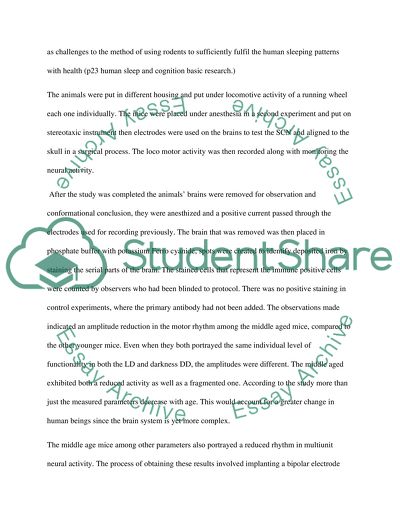Cite this document
(“Critical review of (Age-Related Decline in Circadian Output) Literature”, n.d.)
Critical review of (Age-Related Decline in Circadian Output) Literature. Retrieved from https://studentshare.org/health-sciences-medicine/1470538-critical-review-of-age-related-decline-in
Critical review of (Age-Related Decline in Circadian Output) Literature. Retrieved from https://studentshare.org/health-sciences-medicine/1470538-critical-review-of-age-related-decline-in
(Critical Review of (Age-Related Decline in Circadian Output) Literature)
Critical Review of (Age-Related Decline in Circadian Output) Literature. https://studentshare.org/health-sciences-medicine/1470538-critical-review-of-age-related-decline-in.
Critical Review of (Age-Related Decline in Circadian Output) Literature. https://studentshare.org/health-sciences-medicine/1470538-critical-review-of-age-related-decline-in.
“Critical Review of (Age-Related Decline in Circadian Output) Literature”, n.d. https://studentshare.org/health-sciences-medicine/1470538-critical-review-of-age-related-decline-in.


